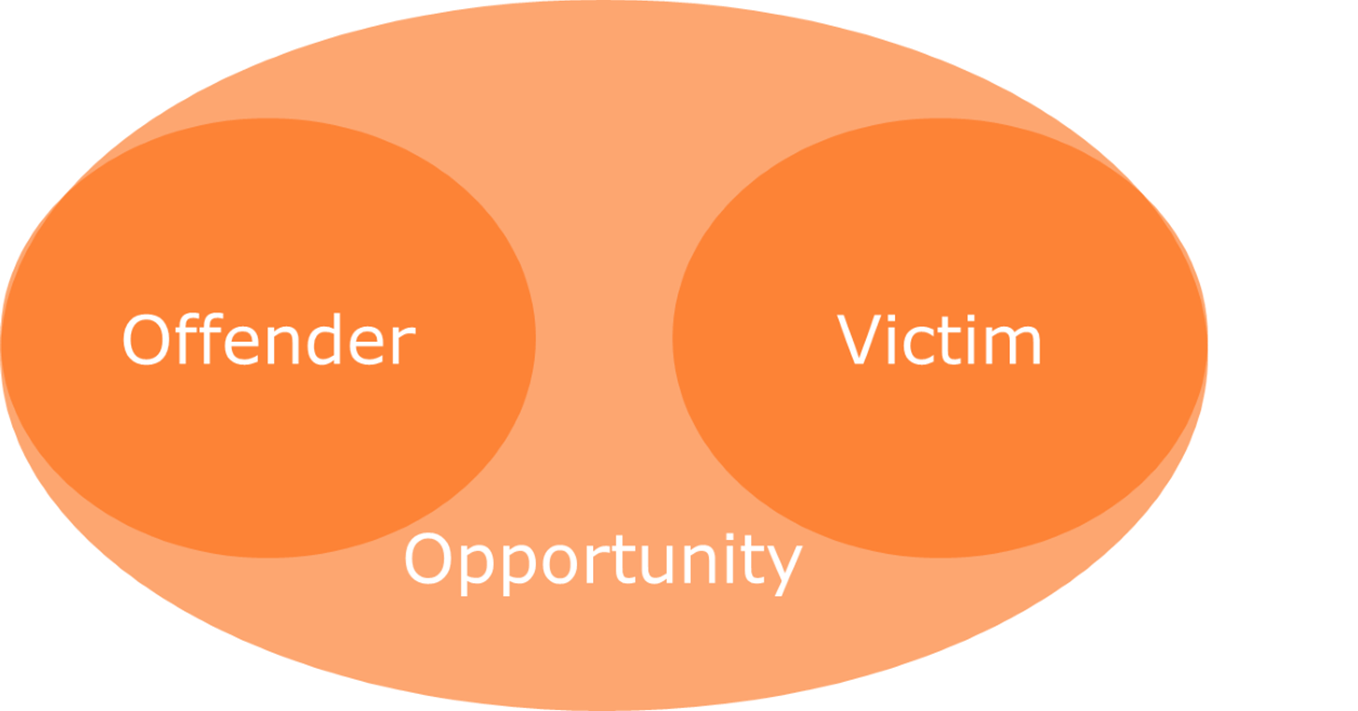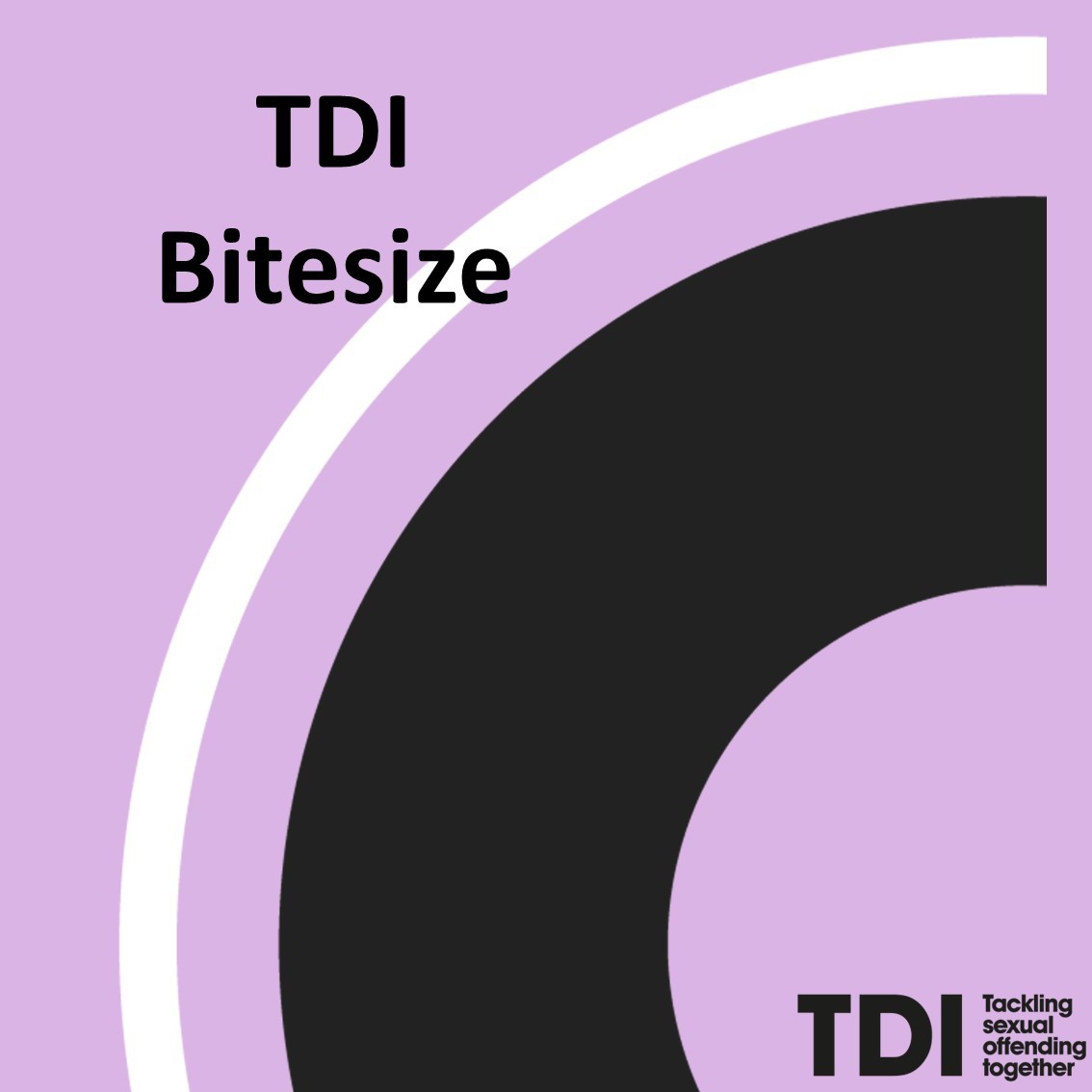
In previous Explainers, we’ve talked a little about the risks of sexual offending. In this Explainer, we discuss some of the ways risks are managed in the community.
Remember: most offenders are in the community
In our Explainer What is the extent of sexual offending? we said that there were around 60,000 people subject to Notification Requirements (“registered sex offenders”) in England and Wales in March 2019. Of these, only 13,000 or so were serving custodial sentences. On top of those, there are the unknown, but large, number of offenders who have never been caught.
So most sexual offenders are in the community. They are our relatives, friends, neighbours and people we pass in the street.
Many of these will be managed by Probation Services and other public systems. For others, the risks can only be managed by us.
A simple risk assessment model
We can think of the risk of sexual offending as being about three things: the offender, their victim, and the opportunity which bring these two individuals together:

People who want to offend will be looking to satisfy their desires with the smallest amount of effort on their part, and with the smallest risk of being caught. This is one reason why most offences are committed by people who know their victim—these are the people closest at hand and the circumstances where it is easiest to prevent them from reporting the abuse.
Using this model, we can see that managing risk is about reducing opportunity—either increasing the effort offending takes, or increasing the risk of the offence being discovered.




